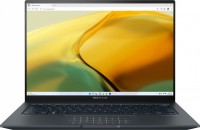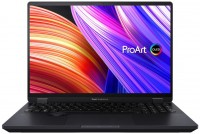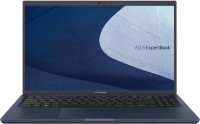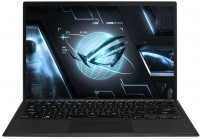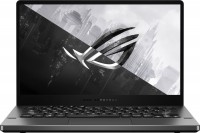Laptops Asus series A/D/E/F/K/L/M/R/X (for work)
Asus F/K/M/R/X
Just as the theater starts with a hanger, each manufacturer's range of laptops starts with low-cost entry-level models. Usually, these are such universal laptops for the most basic tasks: to write a text, write a report in Google docs, watch a movie while fiddling in the kitchen or surf the net. In this category, Asus has a whole bunch of inexpensive letter-series laptops, where the cheapest can be purchased for a ridiculous $400, and top models can go up to $1000 in some cases.
The letter series Asus has five different lines — F, K, M, R and X, which, for simplicity, are combined into one large pool. At the bottom of the list are simple and affordable laptops, which are usually written down in the “study” category. In such models, there are entry-level processors (more often Core i3, less often dual-core Celerons), RAM is back to back, and the screen is as simple as possible.
 |
The core of the series is made up of optimal working laptops with the optimal filling for most people. Regardless of the price, the equipment is limited to the most basic things like fast charging, a card reader, keyboard backlight and USB-C ports. Occasionally, models with price tags up to $1000 come across with fairly powerful hardware (Core i7, 12 GB of RAM) and a mid-range graphics card like the GTX 1050. Asus is positioning them as multimedia gaming laptops capable of running most AAA projects at high graphics settings and Full HD resolution.
If we look at the showcase of the series in more detail, it turns out that models with the X index are loved by the public. Moreover, these can be both very typewriters and quite smart computers. Laptops with indices R, M and F are not very different from X, so they are less common. Well, models with the letter “K” in the title are already a pure rarity, they have not been updated for a long time, so there are only a couple of such options on the market with massive frames around the display and rudiments like a DVD drive.


